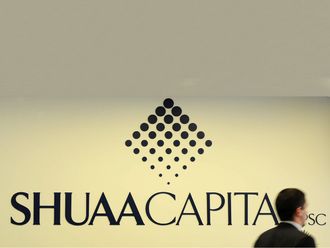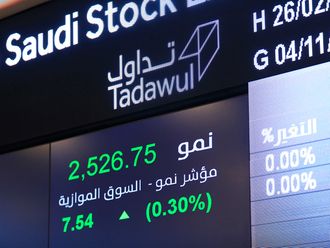Dubai: Inflation will not be a big issue for the Gulf region despite the sharp decline in the dollar and the potential rise in the liquidity inflow into the region due to the second round of quantitative easing in the US and the UK.
"The inflation rate across the GCC is not near worrying levels. We can expect some increased inflation with new capital flows and potentially some increase due to the increase in costs of imports as the dollar declines, but we are not headed towards inflation rates we saw two years ago," said Masoud Ahmad, Director of the IMF's Middle East and Central Asia Department.
Flexibility
Flexibility of monetary policy is limited in most Gulf countries by their currency pegs to the dollar, which makes government spending policies a key tool to steer economies of the GCC.
Inflation in Saudi Arabia, the biggest Arab economy, climbed to an 18-month high of 6.1 per cent in Aug-ust, mainly on rising food and housing costs, factors outside the central bank's reach.
Inflation levels and inflation differentials across the GCC have been largely driven by the oil cycle, although other factors, such as international food prices and capital inflows, have also been at play.
Since 2003, two major trends have characterised inflation in the GCC. Inflation crept up in the GCC from zero to a peak of more than 10 per cent in 2008, then fell again to 3.2 per cent in 2009.
Oil upsurge
The increase in inflation in the GCC began with the 2003 upsurge in oil prices, which allowed governments to embark on large-scale infrastructure development and social programmes.
This pushed up the price of housing and other non-tradables, and contributed to an overheating of these economies. Large capital flows into some GCC countries, and their subsequent reversals during the initial stages of the global crisis, also contributed to inflation dynamics.












